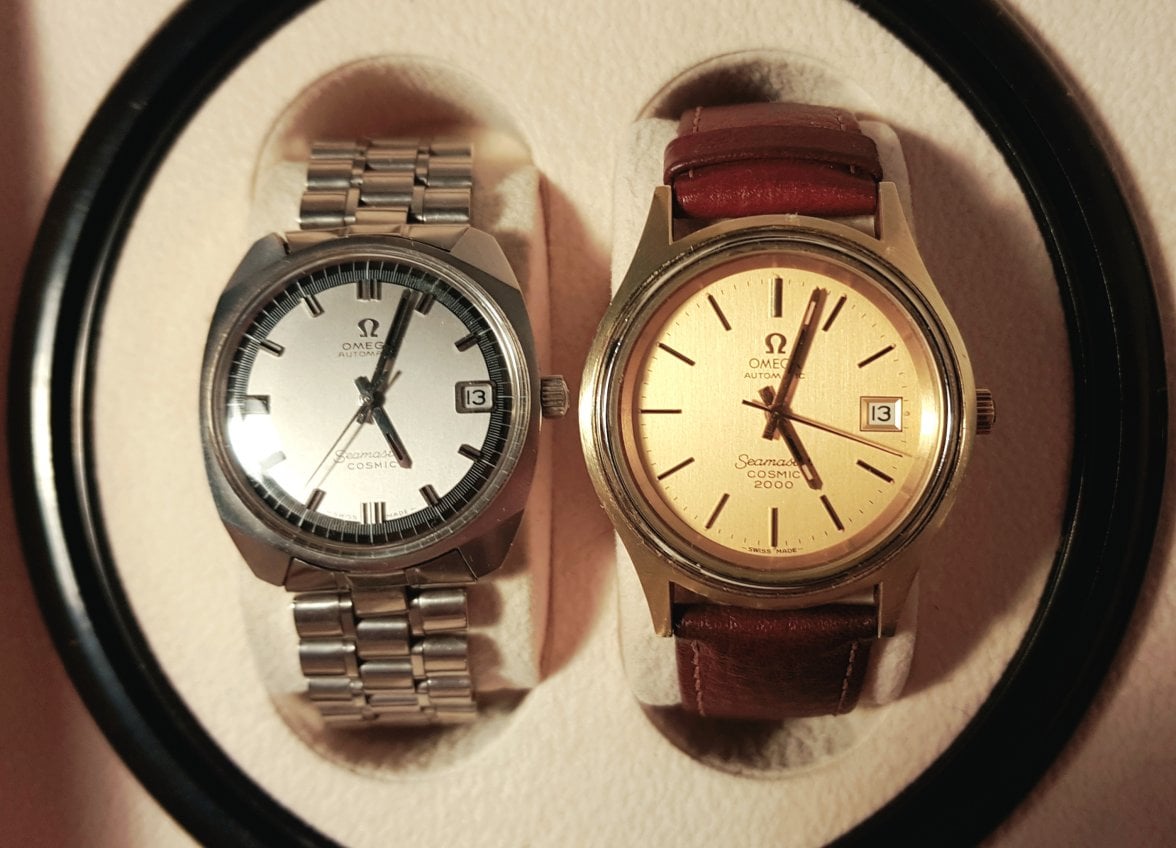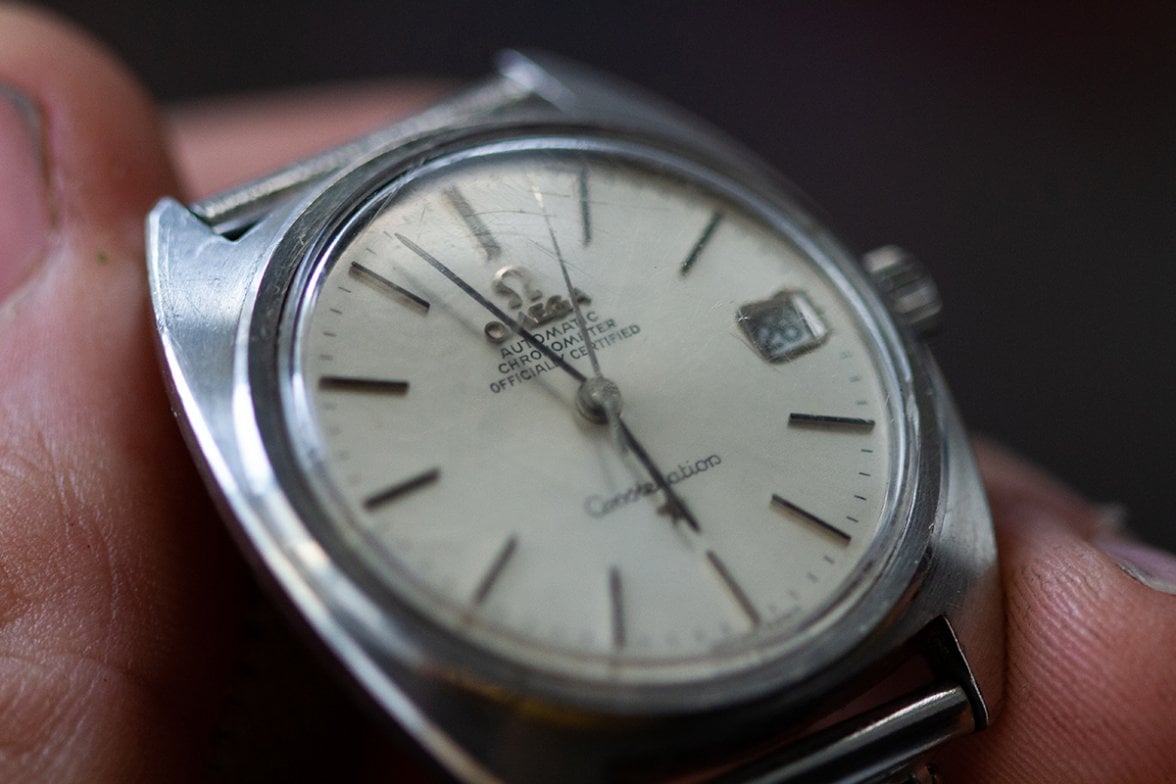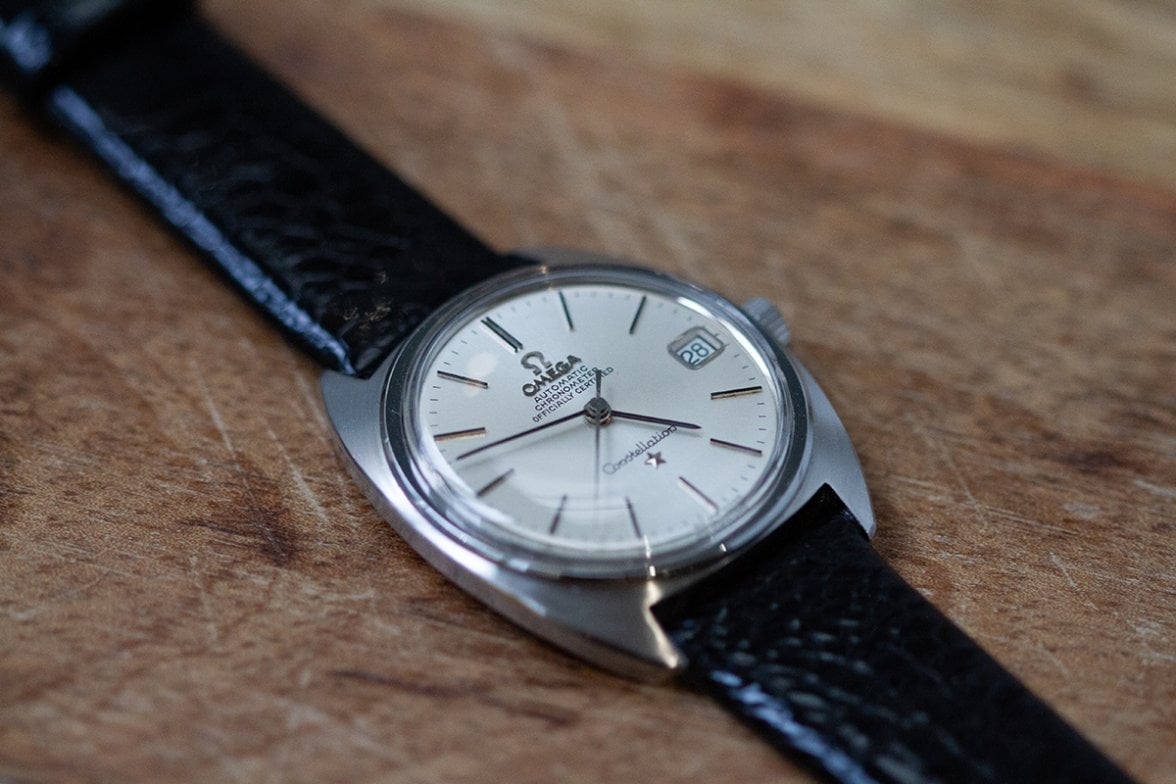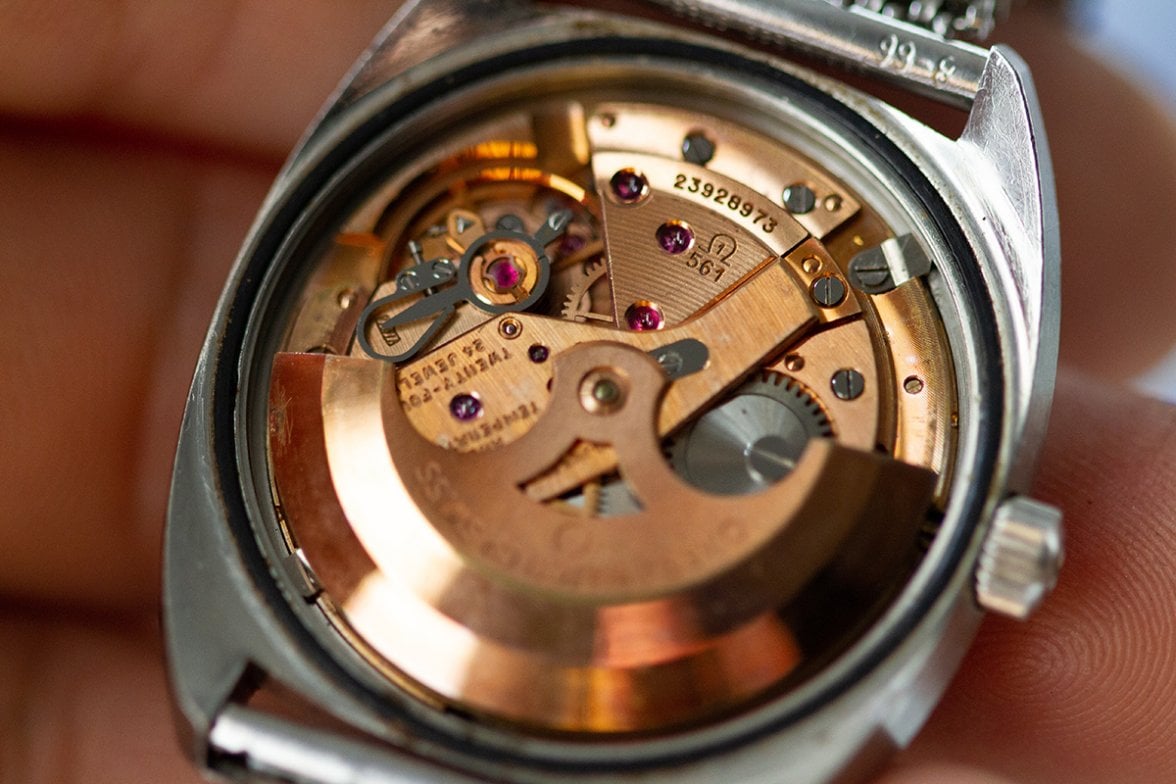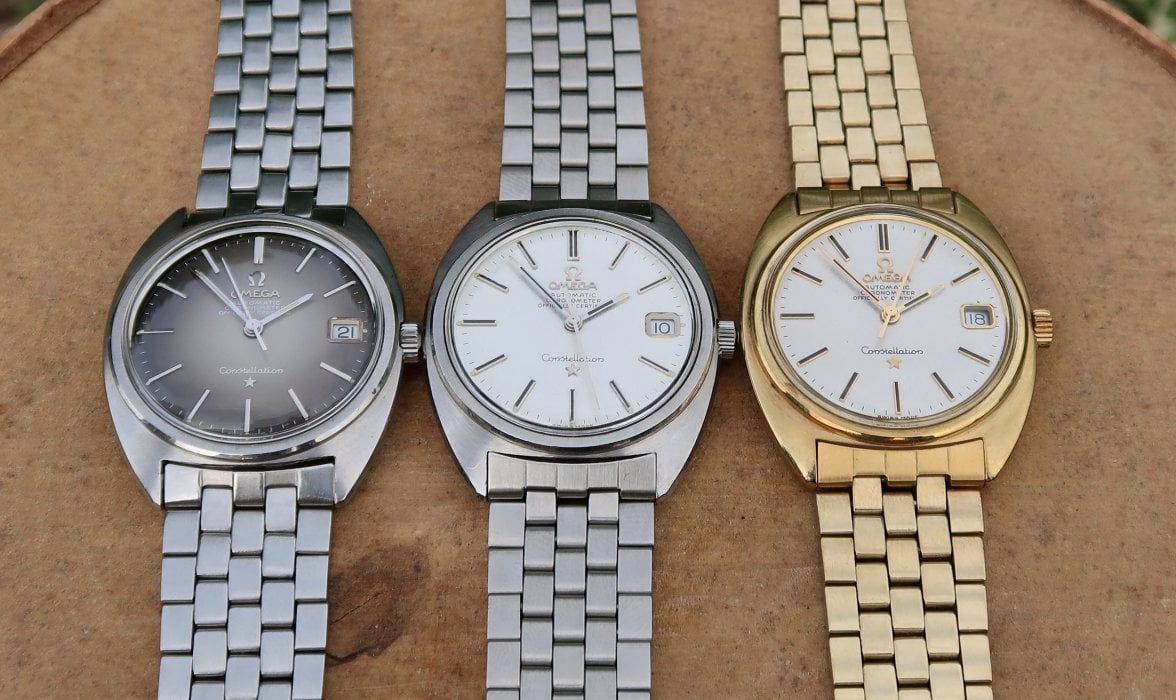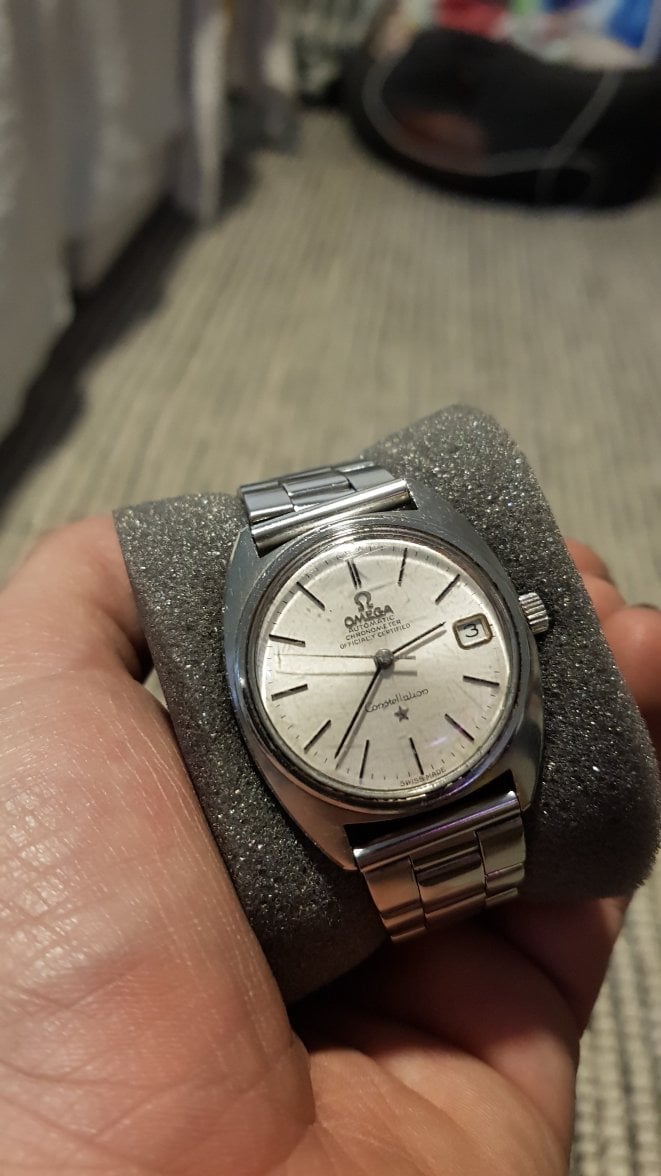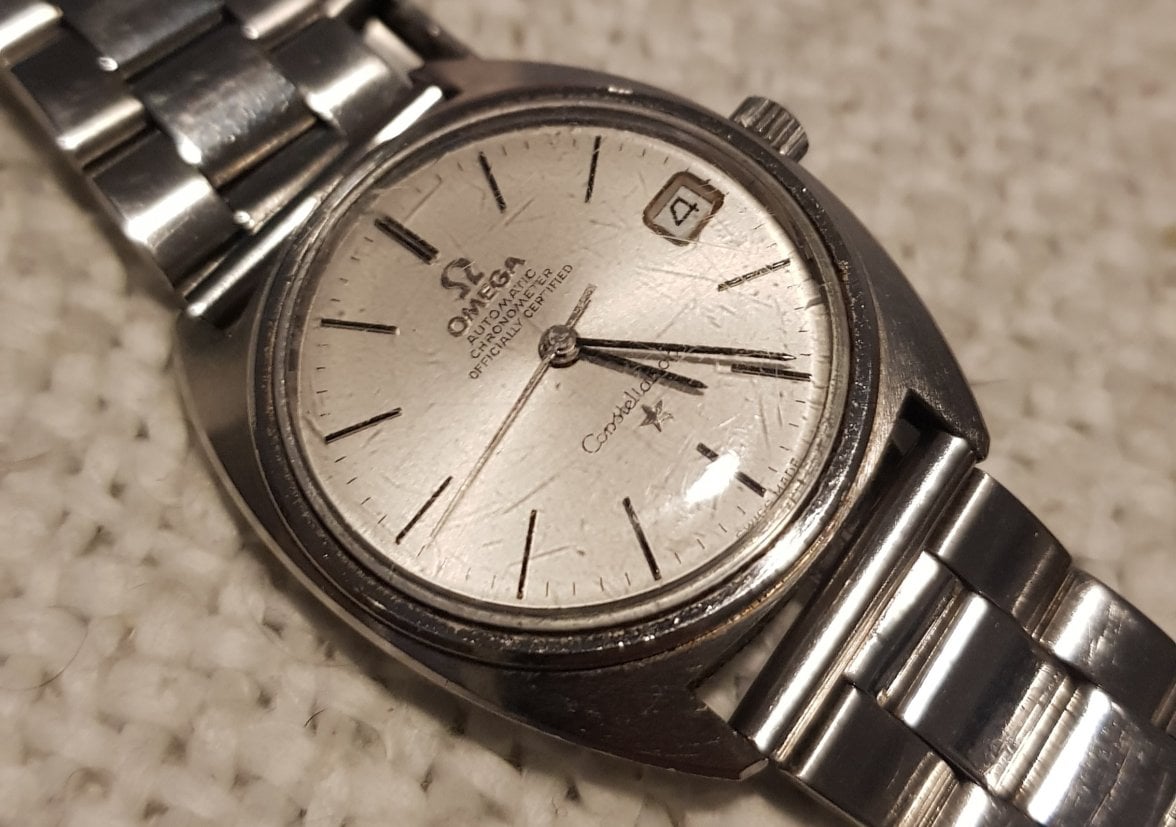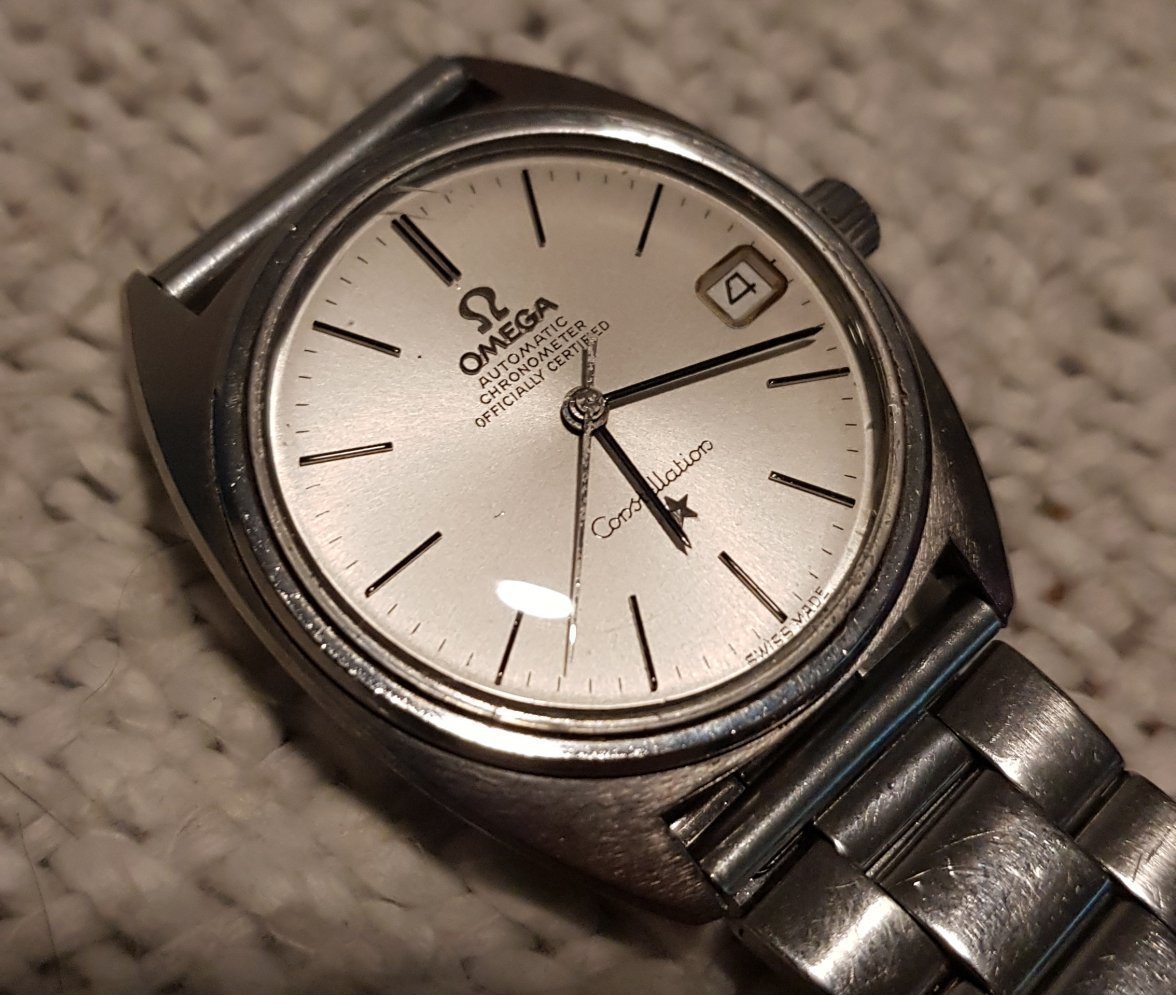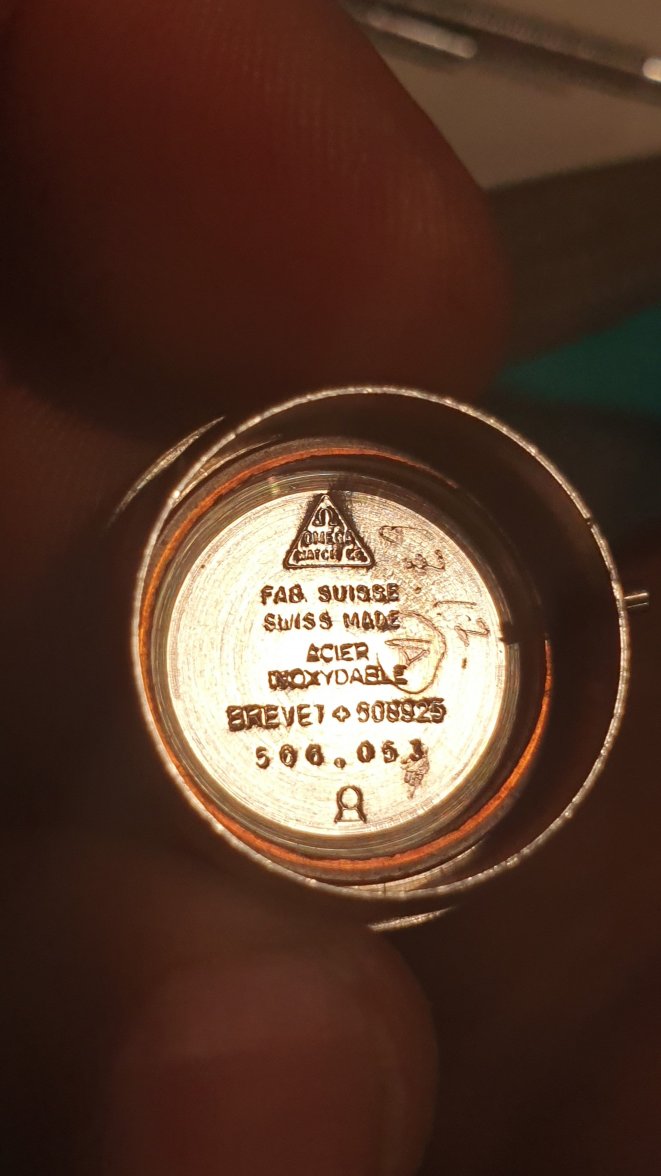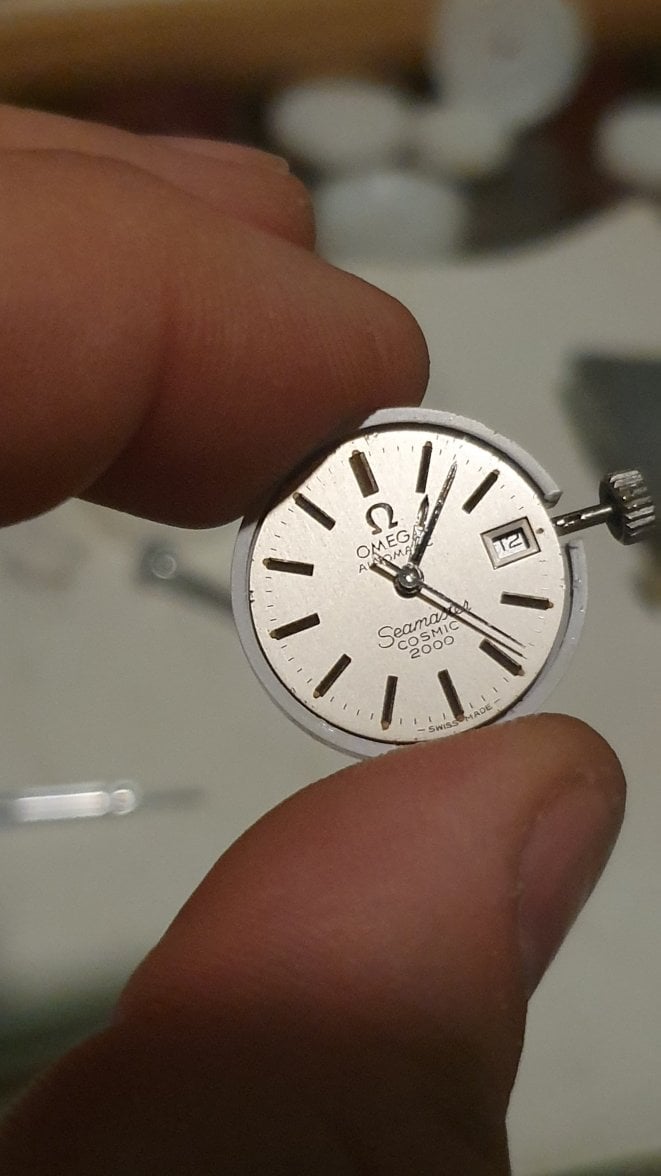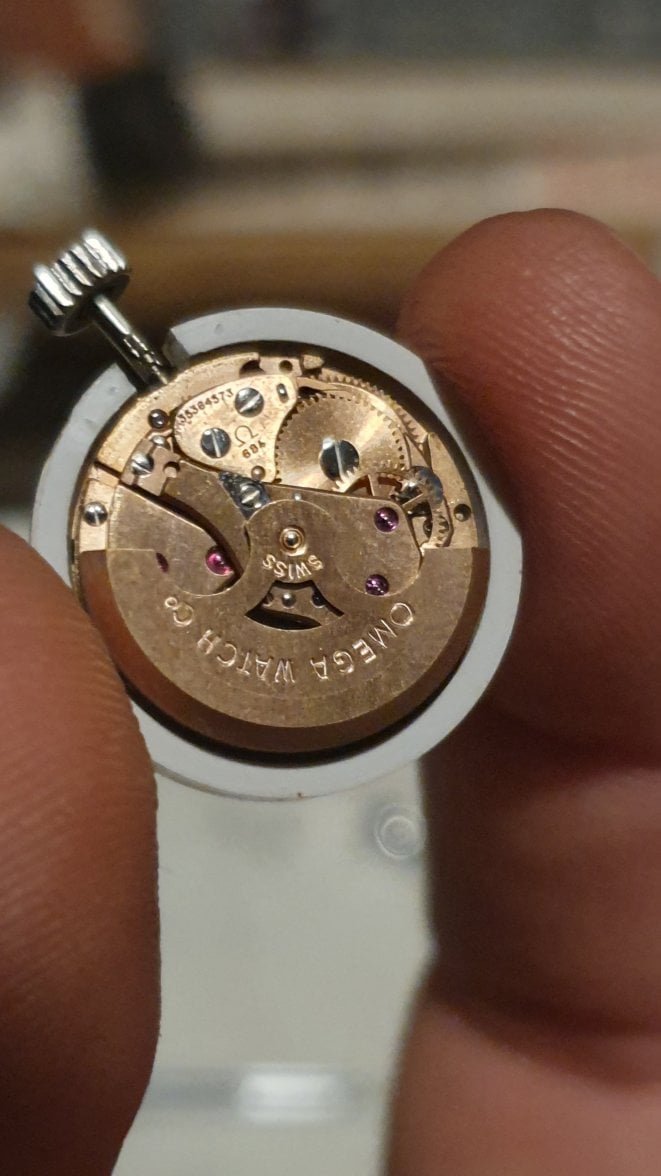Harts
·Omegas were always my first Swiss watch love, which is funny because my first Swiss watch started with an "R", but that course was dictacted by serendipity.
Fast forward a few years and I managed to begin my vintage Omega collection when I proposed to my now wife, I purchased a Seamaster Cosmic and a Seamaster Cosmic 2000 as engagement presents. Both were in beautiful condition, and they signalled a good start to my (our) Omega journey.
My impressions of each? I was surprised at how diminutive the Cosmic was in the flesh, the case lines and tapered lugs making it wear small on the wrist, but it was a beautiful watch all the same. The case still had the brushing grain clearly visible and the dial was perfect. The Cosmic 2000 was huge, especially for an older watch, which I didn't expect. A very handsome model with classic lines that I really think still wears beautifully today.
Fast forward a few years and I managed to begin my vintage Omega collection when I proposed to my now wife, I purchased a Seamaster Cosmic and a Seamaster Cosmic 2000 as engagement presents. Both were in beautiful condition, and they signalled a good start to my (our) Omega journey.
My impressions of each? I was surprised at how diminutive the Cosmic was in the flesh, the case lines and tapered lugs making it wear small on the wrist, but it was a beautiful watch all the same. The case still had the brushing grain clearly visible and the dial was perfect. The Cosmic 2000 was huge, especially for an older watch, which I didn't expect. A very handsome model with classic lines that I really think still wears beautifully today.
